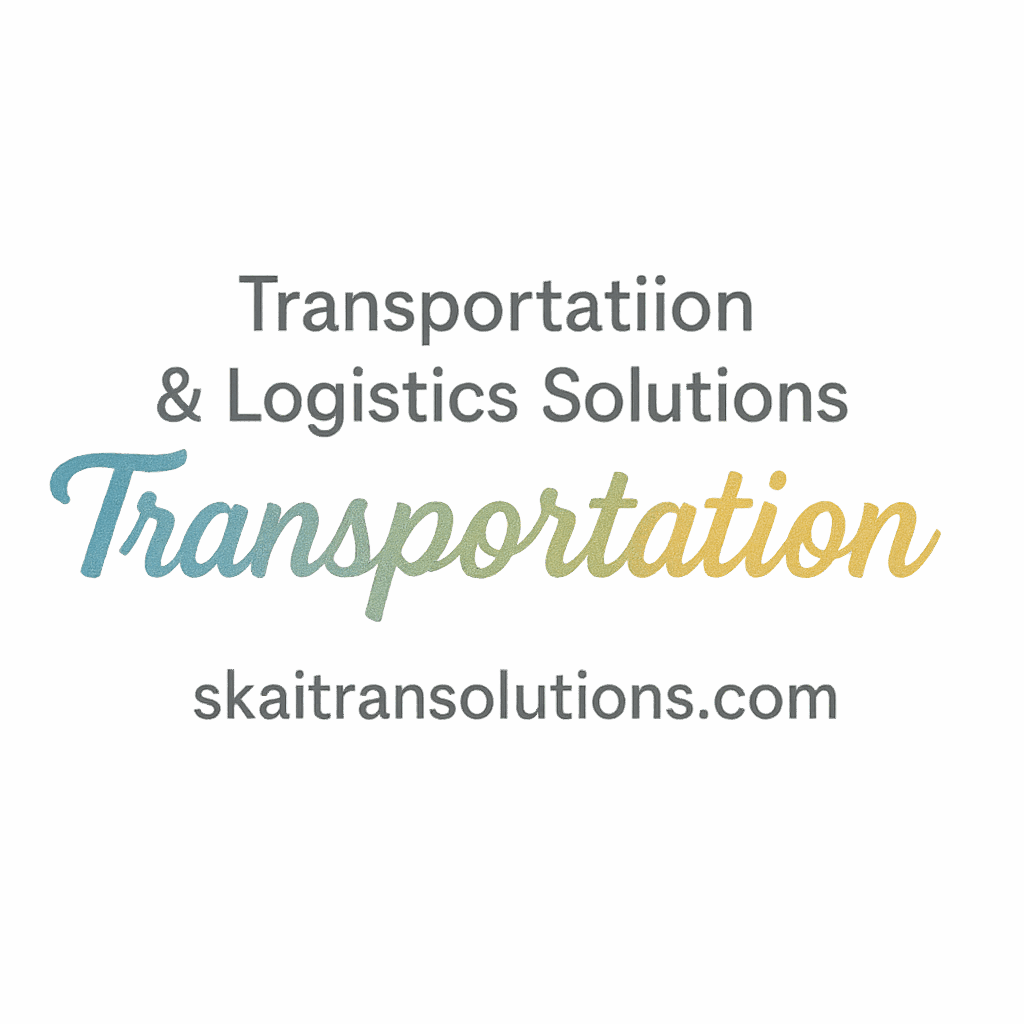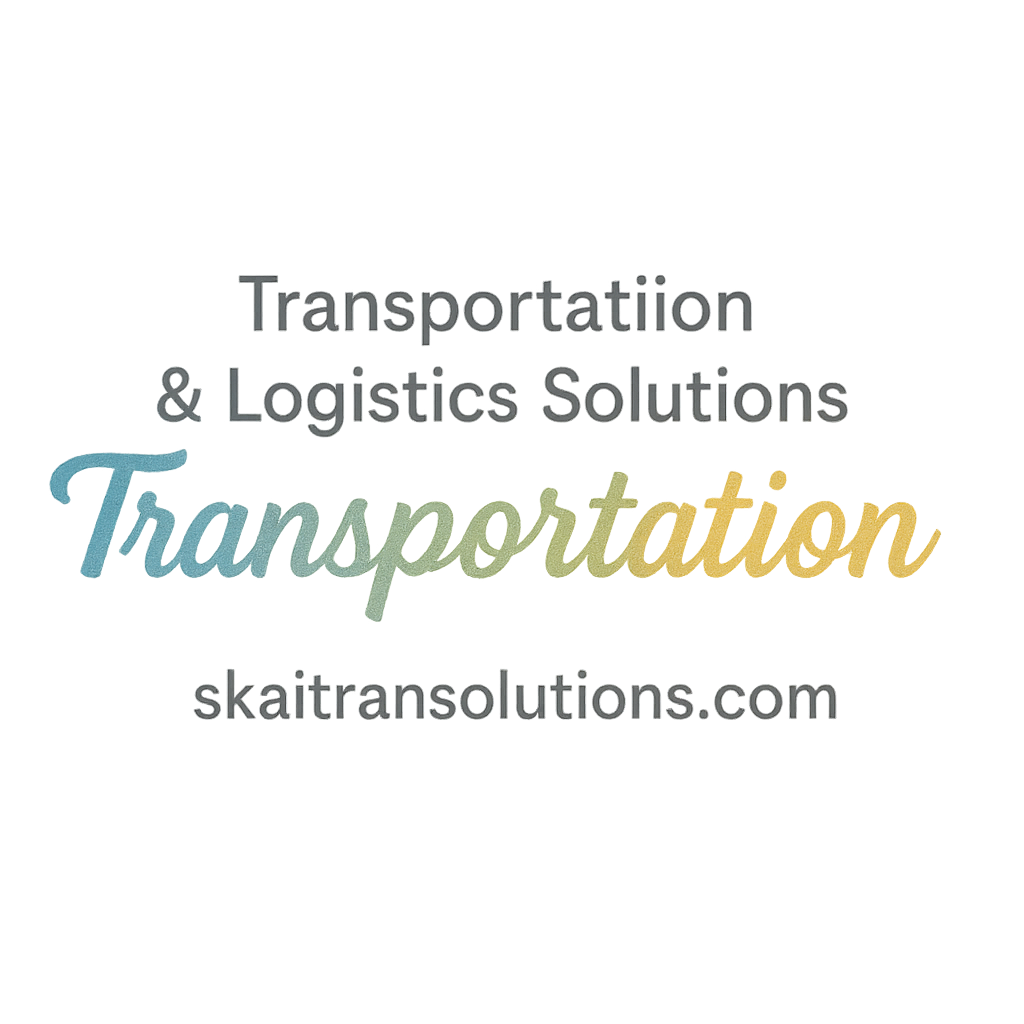Introduction
Do you know what’s really driving your supply chain performance? It’s not just the trucks on the road or the packages at the dock—it’s the metrics you track. If you’re not measuring the right transportation metrics, chances are your supply chain is leaking efficiency like a flat tire on a freightliner. Let’s fix that.
In this comprehensive guide, we’re diving into the top 8 transportation metrics that make or break your logistics performance. Not just to help you keep pace with the competition, but to leap ahead of them.
Why Transportation Metrics Matter
The Link Between Transportation and Supply Chain Success
In the realm of logistics and supply chain management, transportation is the circulatory system. If it’s slow or inefficient, the entire operation suffers. And that’s where metrics come in. They’re the diagnostic tools that show you what’s working and what’s not.
Role of Data in Modern Logistics
Data is the new oil—but only if refined. When logistics teams track the right transportation KPIs, they gain visibility, optimize routes, cut costs, and boost customer satisfaction. That’s why transportation metrics are a non-negotiable asset in supply chain efficiency.
1. On-Time Delivery Rate
What It Is
This metric measures the percentage of shipments delivered on or before the scheduled time.
Why It Matters
Late deliveries frustrate customers, break trust, and hurt your brand. On-time delivery is the backbone of good customer service and is tied closely to your customer experience and safety strategy.
How to Improve It
- Implement predictive routing via TMS
- Maintain proactive communication with carriers
- Identify delay trends and address root causes
2. Transportation Cost per Mile
Understanding the Metric
This metric helps you calculate your overall spend per mile traveled by your fleet or third-party carriers. It’s key to tracking cost reduction initiatives.
Reducing Cost per Mile
- Optimize routing to reduce mileage
- Improve capacity utilization to move more freight per trip
- Invest in fuel-efficient or autonomous vehicles
3. Freight Claims Rate
What It Tells You
The freight claims rate measures how often damage or loss occurs during transport.
Reducing Freight Damage and Losses
- Better training for loading and unloading teams
- Use of advanced packaging materials
- Partnering with carriers that prioritize safety inspections
4. Fuel Efficiency
The Green and Cost-Saving Metric
This measures how many miles your fleet travels per gallon of fuel. It’s crucial for cost control and aligns with sustainability goals.

Tracking and Optimizing Fuel Use
- Monitor real-time fuel consumption with telematics
- Regular vehicle maintenance
- Reduce idle times and aggressive driving habits
5. Average Dwell Time
Time Is Money
This is the average time your vehicles spend waiting at docks or warehouses. High dwell times = wasted money and manpower.
Cutting Down on Dwell Time
- Improve warehouse scheduling
- Use digital check-in/check-out systems
- Negotiate with shippers for faster turnaround
6. Transit Time Variability
Consistency is King
This metric evaluates the reliability of your transit times. Variability leads to planning issues, unhappy customers, and missed opportunities.
Managing and Reducing Variability
- Use real-time tracking tools
- Forecast delays using AI
- Work with carriers with a proven record of consistency
7. Capacity Utilization
Load It Up Right
Capacity utilization is the percentage of vehicle space that is used during a delivery. Underused trucks equal higher costs.
Optimize Freight Load Strategy
- Consolidate loads where possible
- Use advanced load planning software
- Implement multi-stop truckloads
8. Order Accuracy and Fill Rate
Delivering What Was Promised
Order accuracy measures how often customers receive exactly what they ordered, on time, in the correct quantity.
Ensuring Inventory Sync and Accuracy
- Link WMS to TMS
- Monitor inventory levels in real-time
- Train staff on accurate picking and packing
Integrating Metrics for Full Efficiency
Centralized Dashboards
Don’t track these KPIs in silos. Combine them into centralized dashboards that provide full visibility into your logistics and supply chain solutions.
Linking KPIs to Business Goals
Each metric should align with overall business strategies like improving performance, enhancing coverage, or ensuring compliance.
Tech Tools That Improve Transportation Metrics
Transportation Management Systems (TMS)
TMS platforms help manage, track, and analyze transportation operations in one place. They are essential for achieving operational best practices.
Real-Time Tracking and AI
From delivery predictions to vehicle performance tracking, AI and IoT give you a deeper, more accurate look into operations.
How to Use Metrics for Strategy Development
Setting Benchmarks
Without benchmarks, metrics are just numbers. Use historical data and industry standards to create benchmarks that push performance forward.
Regular Review and Improvement Cycles
Establish monthly or quarterly review sessions where stakeholders analyze KPIs and plan for improvements based on clear strategy.
Internal Links to Expand Knowledge
For deeper insights into topics mentioned in this article, explore these expert resources:
- Transportation Industry Insights
- Transportation Technology Innovation
- KPIs and Metrics for supply chain pros
- Explore the tag/logistics section for trends and guides
- Dive into tag/supply-chain for comprehensive strategies
Conclusion
Tracking transportation metrics isn’t just a best practice—it’s your ticket to a leaner, faster, and more profitable supply chain. These 8 transportation KPIs offer a roadmap to improved performance, reduced costs, and greater customer satisfaction. Like a GPS for your logistics operation, they guide you toward smarter decisions and stronger results. Ready to start tracking smarter?
For more expert insights, visit SkaiTran Solutions.
FAQs
1. What is the most important transportation metric to track?
On-time delivery is often the most impactful metric, as it directly affects customer satisfaction.
2. How do I calculate cost per mile in logistics?
Divide your total transportation costs by the number of miles driven.
3. Can technology improve fuel efficiency in transportation?
Absolutely! Telematics, AI routing, and driver behavior analytics can significantly enhance fuel economy.
4. How often should transportation metrics be reviewed?
Monthly reviews are standard, but high-performing teams often use weekly dashboards.
5. What’s the difference between fill rate and order accuracy?
Fill rate measures how much of an order is filled; order accuracy includes correctness of items shipped.
6. Why is transit time variability a concern?
Inconsistent delivery times disrupt planning and customer expectations.
7. Where can I learn more about logistics strategies?
Explore in-depth guides at SkaiTran’s Logistics Solutions page.


